What is the Zeiss Loxia 25mm f/2.4?
The Zeiss Loxia 25mm f/2.4 is a compact wideangle prime lens designed for use on Sony’s full-frame Alpha 7 mirrrorless cameras. It features manual focus and aperture operation via traditional control rings on the lens, along with premium optics and weather-resistant all-metal construction, and costs £1190.
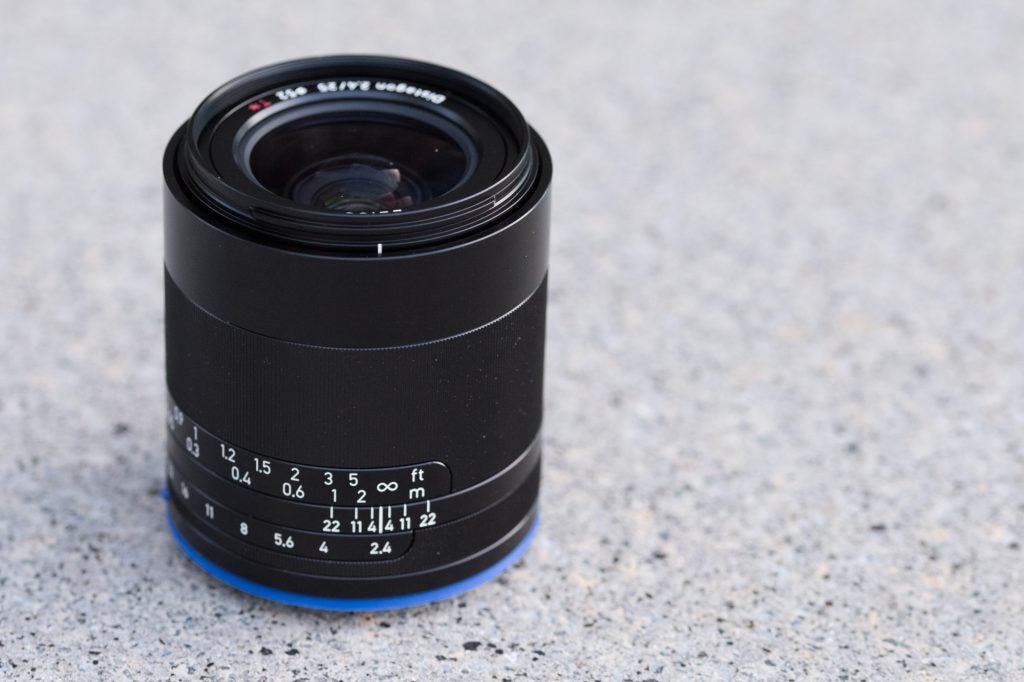
Whenever Zeiss brings out a new lens, chances are it’ll be something special. With the Loxia 25mm f/2.8, however, you might be forgiven for wondering exactly what the firm is thinking. It’s not that this small manual-focus wideangle prime looks undesirable, in fact quite the opposite. However its £1190 price tag is significantly higher than Zeiss’s own autofocus Batis 25mm f/2, which costs around £1000 and gives superb results. So why would you consider paying extra for a half-stop slower lens that you have to focus yourself?
The answer, of course, is that many serious photographers value the shooting experience this brings. There’s something about having to set the focus and aperture manually on the lens itself that can make you feel more engaged in the photographic process: that you’re making pictures, rather than simply taking them. The fully manual operation is also advantageous for video work, where it’s essential for any adjustments to be smooth and silent. Even so, any f/2.4 manual-focus prime is going to have to be seriously good to justify this kind of price tag.
Zeiss Loxia 25mm f/2.4: Features
In Zeiss’s idiosyncratically-named lineup, its Loxia lenses all come with a common set of characteristics. They’re fully-manual primes designed for use on Sony’s full-frame mirrorless cameras, combining top-notch optics with compact size and high-quality weather-sealed construction. The 25mm f/2.4 is the fifth lens in the series, following on from 21mm f/2.8, 35mm f/2, 50mm f/2, and 85mm f/2.4 designs. All share the same 62mm barrel diameter and 52mm filter thread, along with matching cosmetic designs.
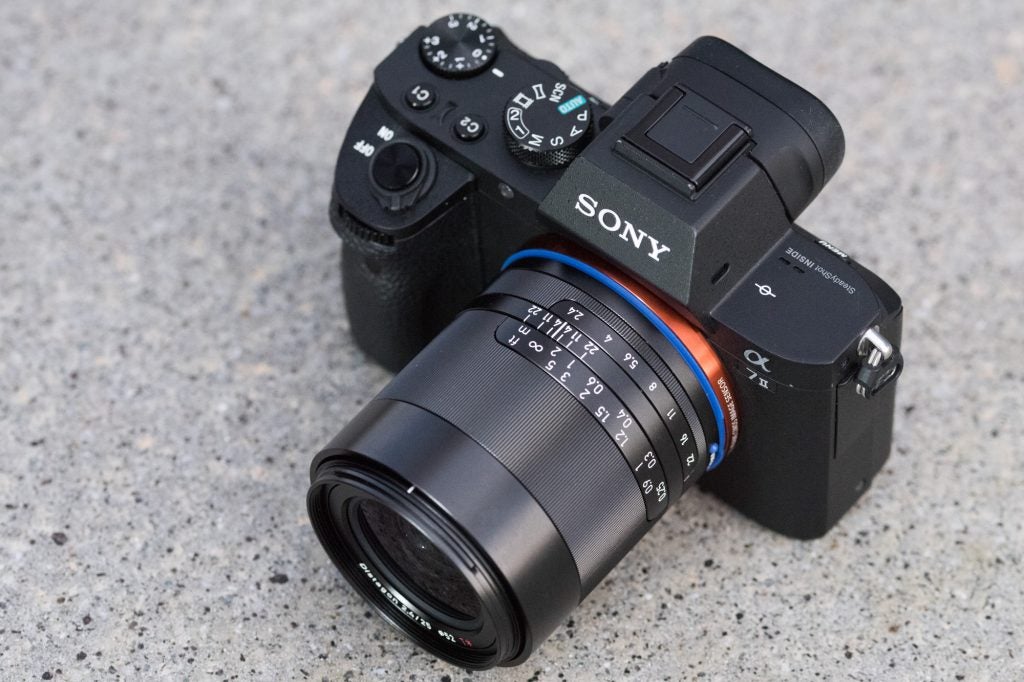
Designated as a Distagon-type retrofocal design, the Loxia 25mm f/2.4 employs an optical formula with 10 elements arranged in 8 groups. Two anomalous partial dispersion glass elements are used to combat chromatic aberration, while an aspherical element suppresses curvilinear distortion. Zeiss’s proprietary T* coating is employed to minimise flare and ghosting, while a petal-type metal hood is supplied in the box. It’s felt-lined to minimize reflection of stray light into the lens, and reverses neatly around the barrel when the lens isn’t in use.
Aperture operation is completely manual, using a conventional ring on the lens that stops the aperture down directly as it’s turned. This has several practical implications; most importantly, you always get a completely accurate depth of field preview in the viewfinder. However only aperture priority or fully-manual exposure modes are available, and you can’t change the aperture using the electronic dials on the camera body.
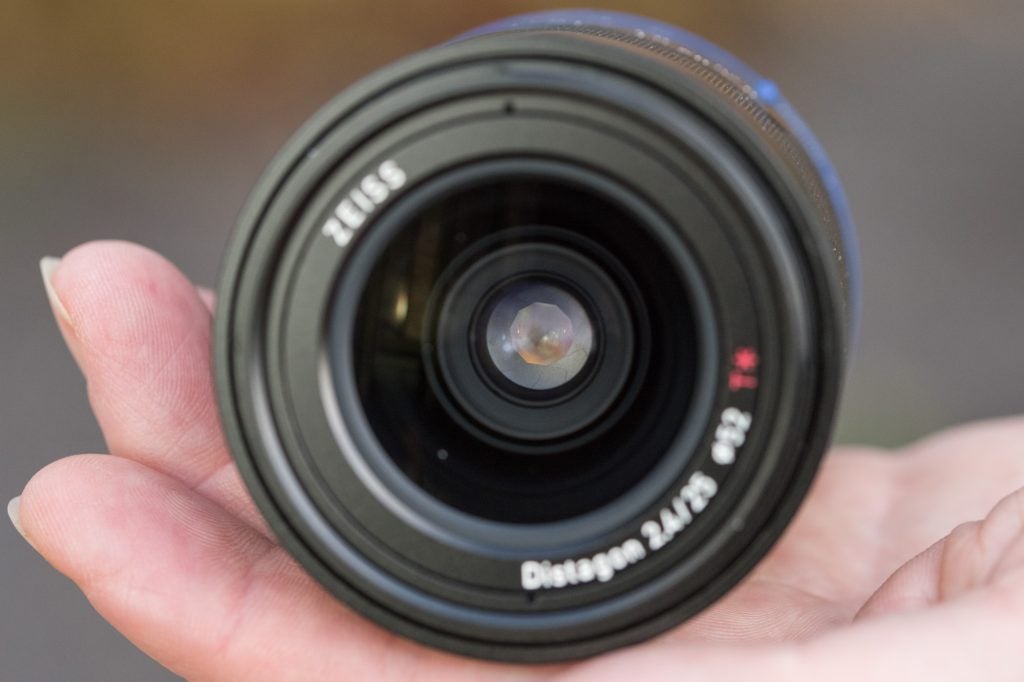
The diaphragm itself is formed of 10 straight-edged blades that form a distinctly decagonal shape when it’s stopped down. This may seem odd in an age when almost every new lens boasts a circular aperture for attractive bokeh, but in reality it’s of little practical consequence. This kind of relatively slow wideangle simply isn’t going to give much in the way of background blur anyway.
While the lens may look just like an old-fashioned manual-focus prime, in one crucial respect it’s quite different. A set of electronic contacts in the mount can transfer key information back to the camera, which means that the selected aperture is always displayed in the viewfinder and recorded in your images’ EXIF data. The lens also recognizes when its focus ring is being turned, and can trigger magnified view in the camera’s viewfinder for the most accurate possible focusing. Last but not least, the focal length is passed to the camera body for inclusion in the EXIF, and to ensure the in-body image-stabilisation system works correctly.
Zeiss Loxia 25mm f/2.4: Build and handling
We’ve come to expect superb build quality from Zeiss, but if anything the Loxia feels a step above the firm’s Batis and Milvus designs. The entire outer barrel is made from metal, including the manual focus and aperture rings, making the lens feel reassuringly dense. The impression of quality is amplified by their finely-ridged, tactile grips, along with engraved distance, depth-of-field and aperture markings. To round things off, a blue silicone seal around the mount protects the interface with the camera from dust and water ingress. Overall, this lens feels like a very special, lovingly-crafted tool.
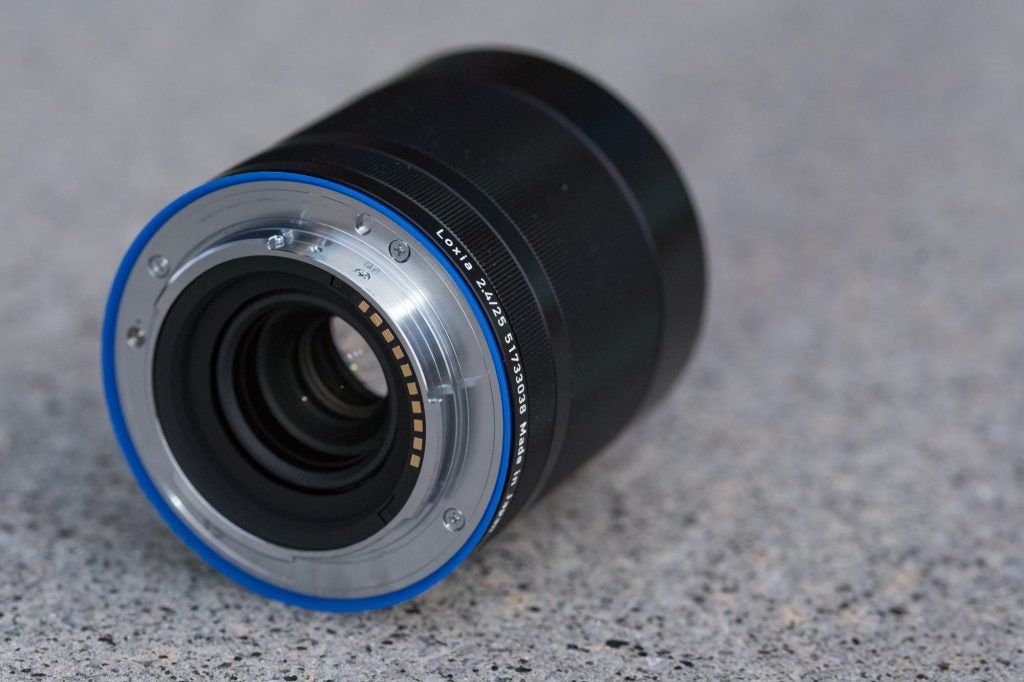
The manual focus ring covers the front two-thirds of the barrel, including the area in front of the ridged grip itself. It rotates beautifully smoothly with just the right amount of resistance; it’s not too tight to make focusing difficult, but equally it’s not so loose that it might get knocked out of place accidentally. The grip falls naturally into your fingers when holding the camera, so you’ll never be fumbling to locate it in a hurry.
Pull your fingers back towards the camera body and you’ll easily locate the slimmer aperture ring, which clicks at one-third stop detents. Again the stiffness of the clicks is perfectly judged, so you’re unlikely to change settings inadvertently. If you prefer a smoothly-rotating aperture ring, then rotating a small screw that’s inset into the lens mount through 180° will de-click this control, and a tool is provided in the box for just this purpose.
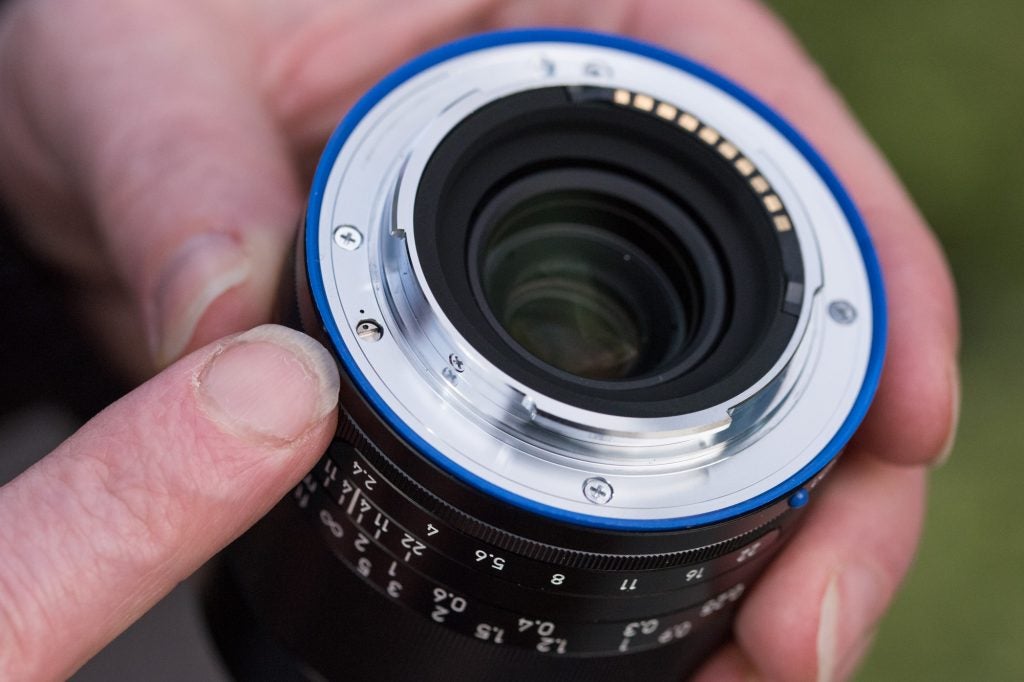
If I have one small criticism of the handling, it’s that there’s very little non-rotating real estate on the barrel to grasp when attaching or removing the lens. This makes changing lenses a bit slower and more awkward than it really should be.
Zeiss Loxia 25mm f/2.4: Focusing
The vast majority of lenses for mirrorless cameras use electronically-coupled ‘focus-by-wire’ manual focus, and when done well this can offer a pretty intuitive feel and excellent accuracy. But there’s still a certain something about a lens that’s been designed purely for mechanically-operated manual focus, and which doesn’t have to make any mechanical compromises to accommodate the requirements of autofocus.
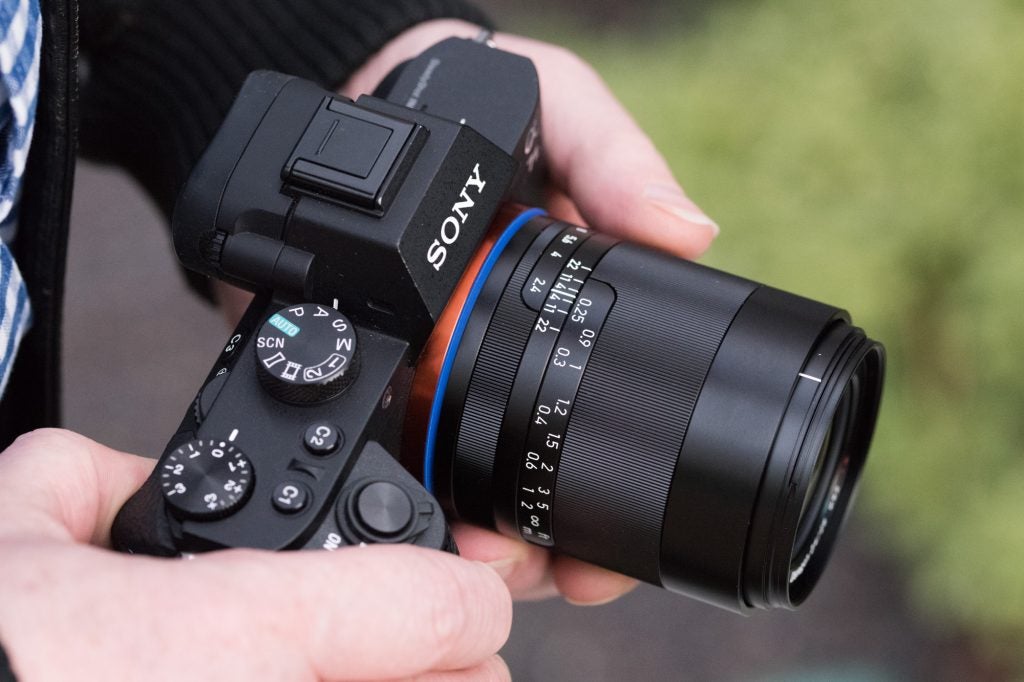
The focus ring rotates 90° from the infinity position to the minimum object distance of 25cm, which I found gave sufficient control for really precise focusing. The entire optical unit shifts backwards and forwards by a few millimetres in the process: an approach that Zeiss says should give maximum sharpness but which is generally impractical on autofocus lenses, as they demand small, light internal focus groups to maximise AF speed. I set the camera to activate 10x magnified live view when I turned the focus ring, and found this made it easy to achieve perfect focus, shot after shot. Indeed with manual focus implemented this well, I barely missed having autofocus at all.
Zeiss Loxia 25mm f/2.4: Performance
I said at the start of this review that any manual focus lens offering an f/2.4 aperture for nearly £1200 had better be seriously good, but luckily that’s just what the Loxia is. In fact, it’s more accurately described as sensational.
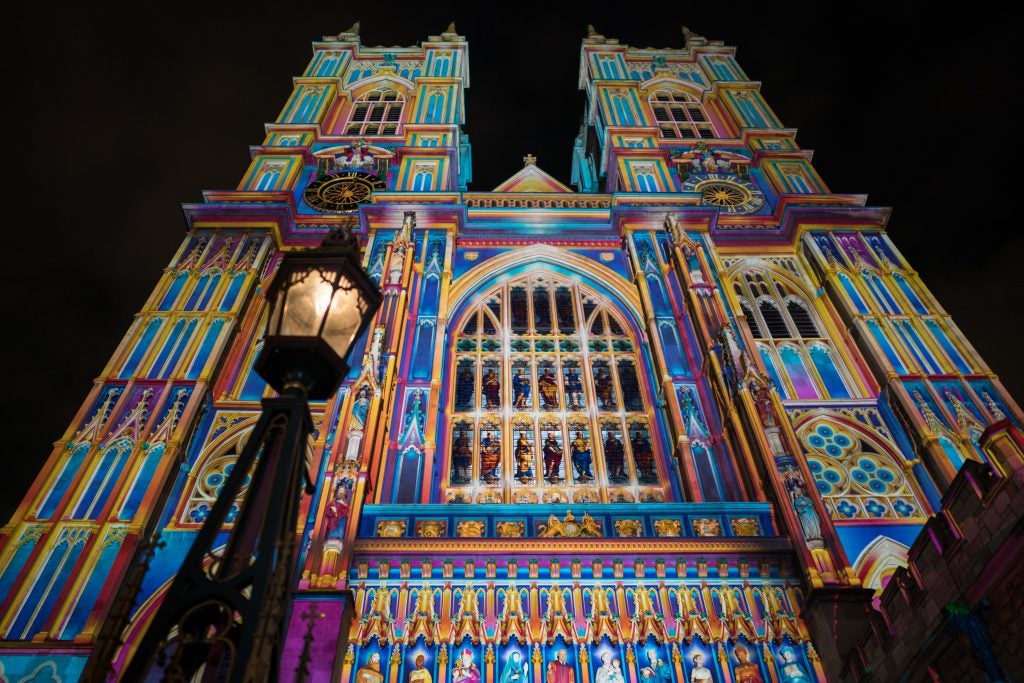
Sharpness is simply phenomenal. Even when you’re shooting with the lens wide open at f/2.4, the level of detail that can be recorded in the centre of the frame matches many other lenses at their best aperture. This sharpness persists at the edges of the frame, and it’s only in the extreme corners that there’s any obvious degree of smearing.

Sony Alpha 7R II, 1/30sec at f/2.8, ISO 400
Close the aperture down to f/8 and the lens delivers the kind of corner-to-corner excellence that’s the preserve of only the very finest optics, easily satisfying the demands of the 42.4MP sensor in the high-resolution Alpha 7R II and III models. The amount of detail it can record is exceptional.

Sony Alpha 7 II, 1/50sec at f/8, ISO 100
Other lens flaws are notable mainly by their absence. There’s barely any colour fringing; if you go pixel-peeping you’ll find some in out-of-focus areas at f/2.4 due to longitudinal chromatic aberration, and a little in the corners from the lateral variety. But it’s never very objectionable, and trivial to suppress in post-processing when necessary. Meanwhile distortion is near-perfectly corrected, with just the slightest hint of barrel-type curvature in lines placed along the long edges of the frame. Activate in-camera distortion compensation and it disappears completely.
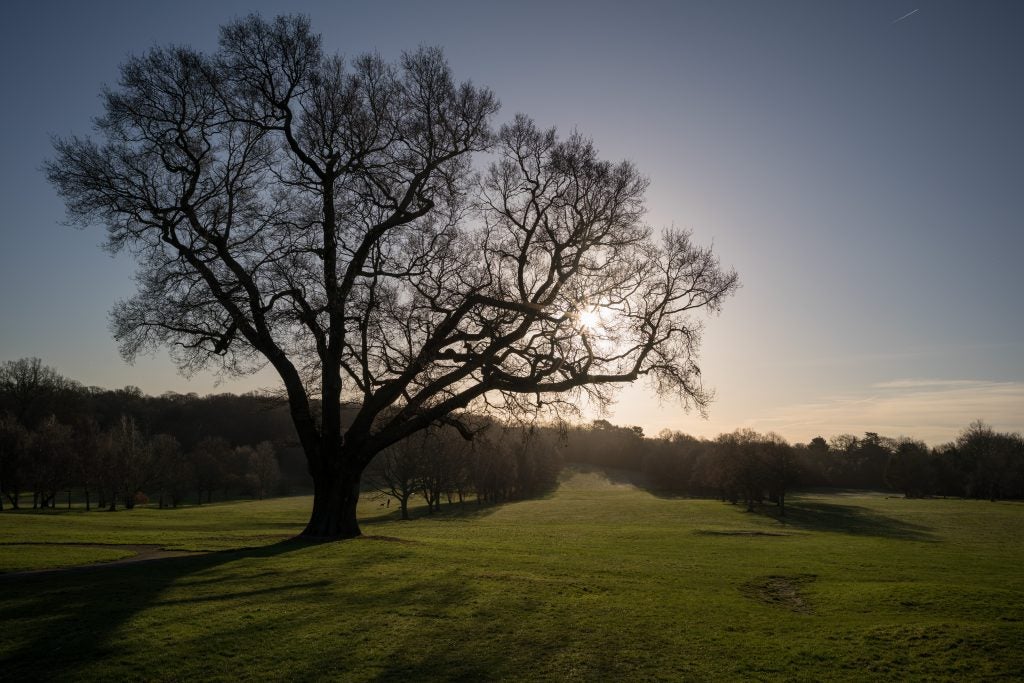
Sony Alpha 7 II, 1/5000 sec at f/8, ISO100
Point the lens directly into the sun and it’s completely unfazed, with barely any hint of flare (just as long as you keep the front element clean, of course). At small apertures you’ll see 10-ray sunstars from the 10-bladed aperture diaphragm.
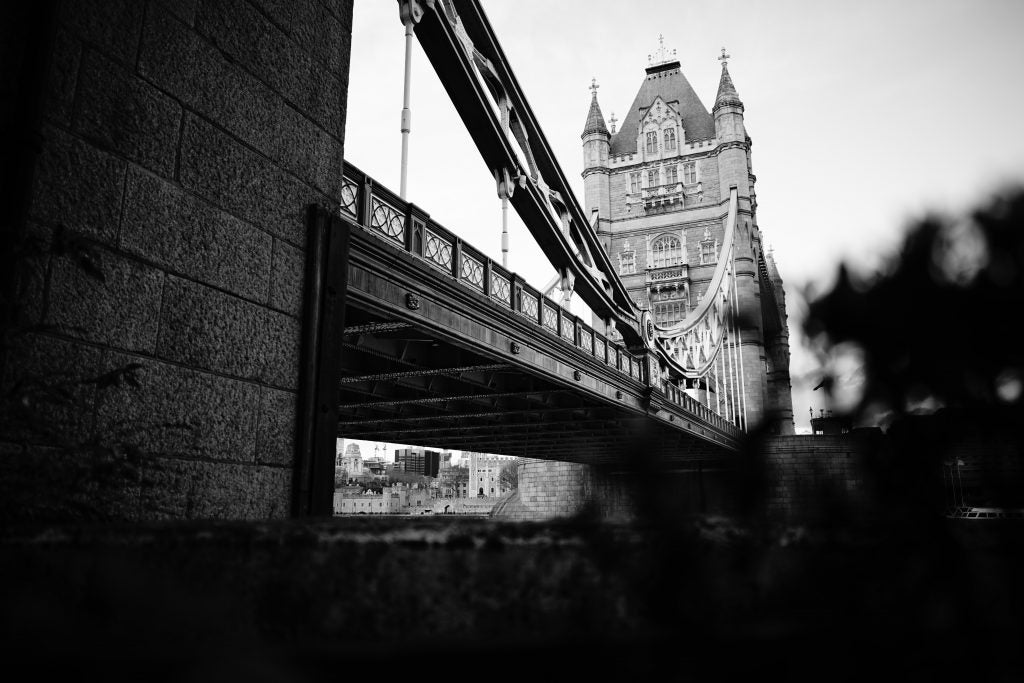
Sony Alpha 7 II, 1/200sec at f/2.4, ISO 100
This just leaves vignetting, which is quite noticeable wide open, but becomes pretty much imperceptible on stopping down to f/5.6. There’s a school of thought that any vignetting counts as a flaw for which a lens should be criticized, but I don’t subscribe to this view at all. I prefer to consider vignetting as an optical characteristic, which in the right circumstances can enhance the look of your shots. On the Loxia the edge darkening effect is quite gradual and visually pleasing, and on more than one occasion I deliberately shot at f/2.4 to exploit its aesthetic quality, safe in the knowledge I wasn’t compromising detail along the way.
Zeiss Loxia 25mm f/2.4: Sharpness
On the 42.4MP Sony Alpha 7R II, the lens gives a stunning set of MTF50 measurements in our Image Engineering tests. It’s impressively sharp in the centre at f/2.4, and gradually improves on stopping down, reaching its peak around f/5.6. The corners start off some way behind, but sharpen up more quickly, such that at the optimum aperture of f/8 they very nearly match the centre. Diffraction softening becomes noticeable at f/16.
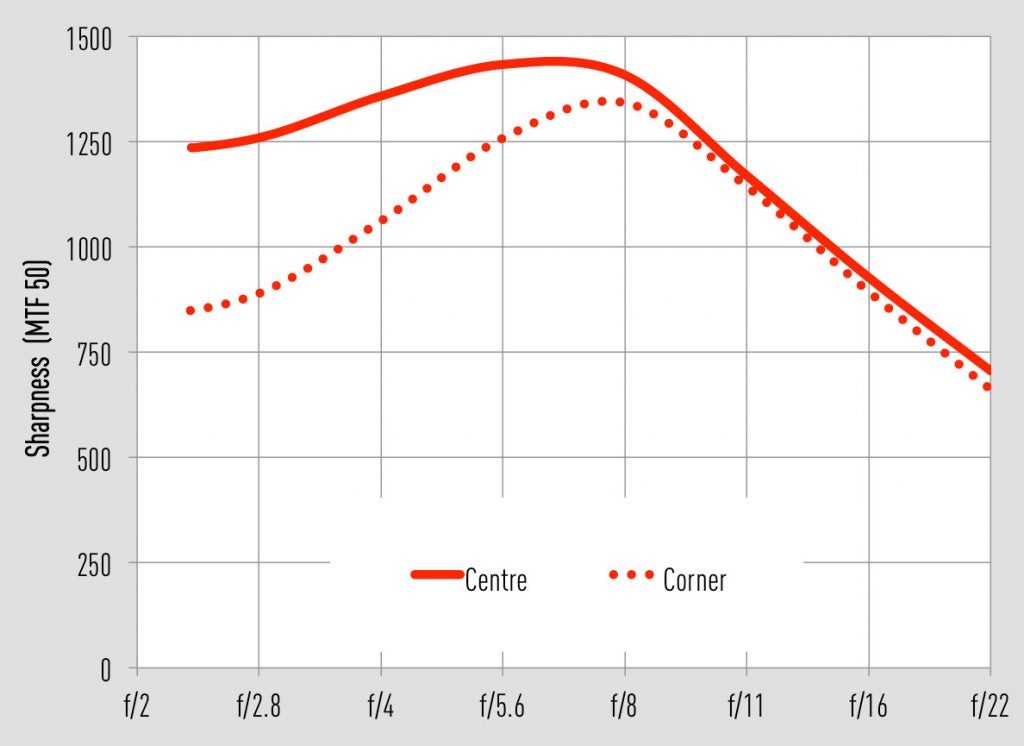
Zeiss Loxia 25mm f/2.4: Shading
Not unusually for a full-frame prime, vignetting is quite obvious at maximum aperture, with almost 2 stops fall-off in the corners when the lens is set to f/2.8. At f/4 this decreases to 1.2 stops, then settles at a value of almost exactly 1 stop at smaller apertures. If you consider this problematic, it’s easily suppressed in post-processing.
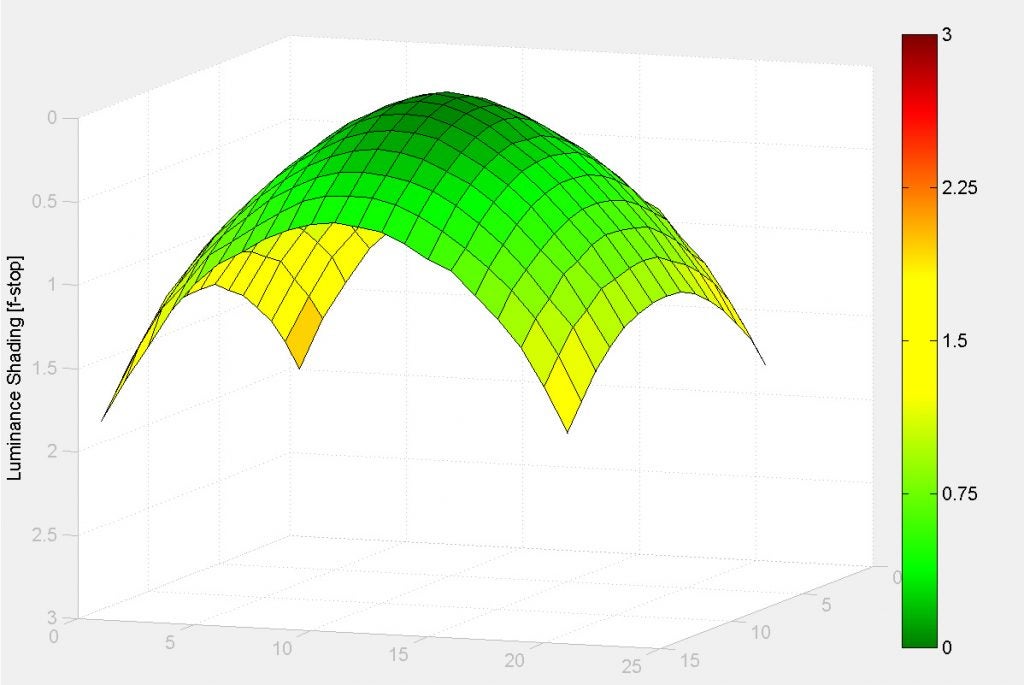
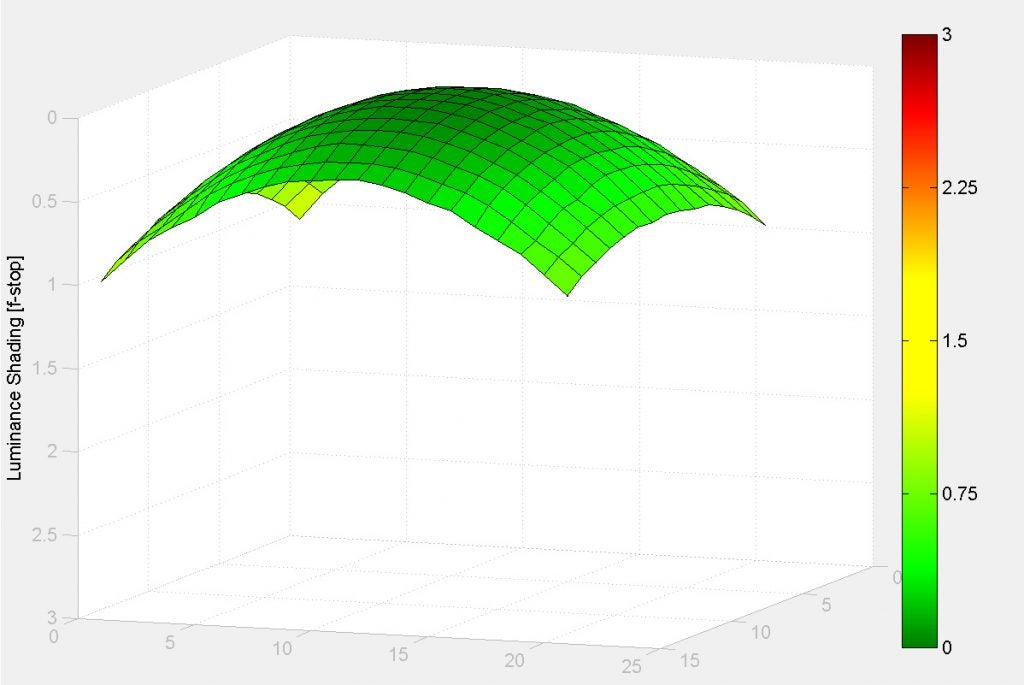
Zeiss Loxia 25mm f/2.4: Curvilinear Distortion
If you shoot in raw with lens corrections disabled, then the Loxia reveals just a tiny amount of barrel distortion, which is rarely evident in real-world shooting. However the lens can pass correction data to the camera to correct this, so if you turn on distortion compensation you’ll get perfectly straight lines.
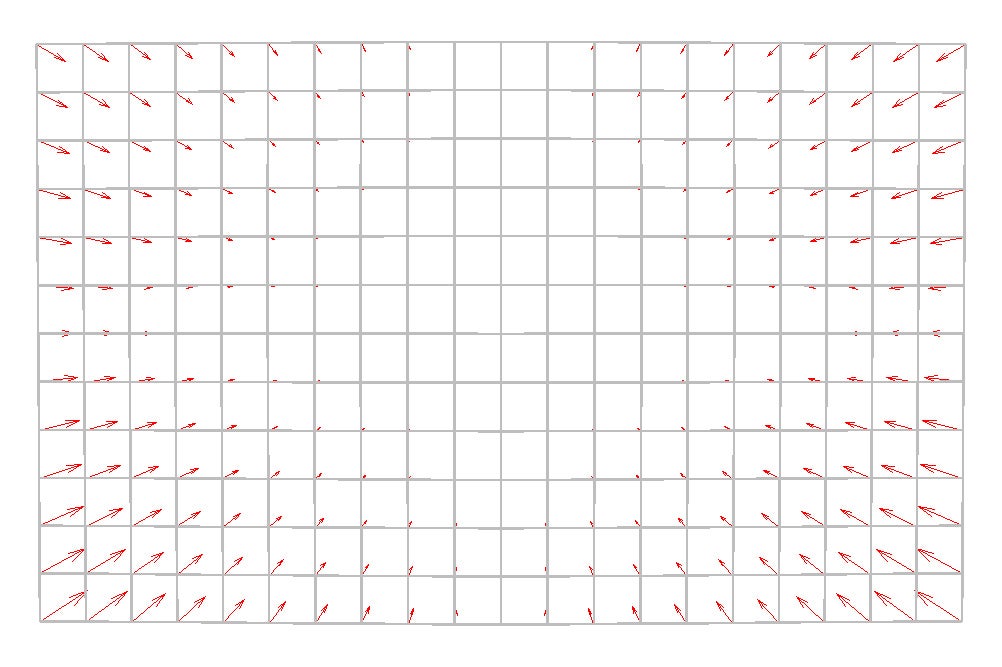
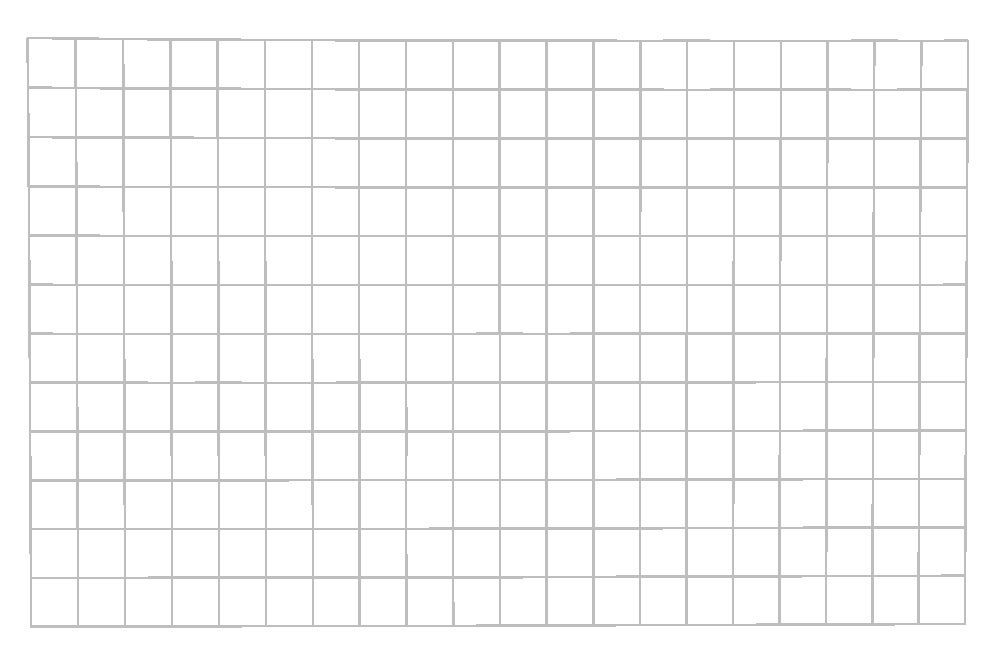
Zeiss Loxia 25mm f/2.4: Verdict
With lenses like the Zeiss Loxia 25mm f/2.4, you either get the idea, or you don’t. For the vast majority of photographers, its sibling the Batis 25mm f/2 is likely to be the more obvious choice; it gathers more light, supports autofocus, and costs less. Others who use the mighty Sony FE 24-70mm f/2.8 GM will probably struggle to rationalise buying a £1170 lens that’s not quite as wide, and just half a stop faster.
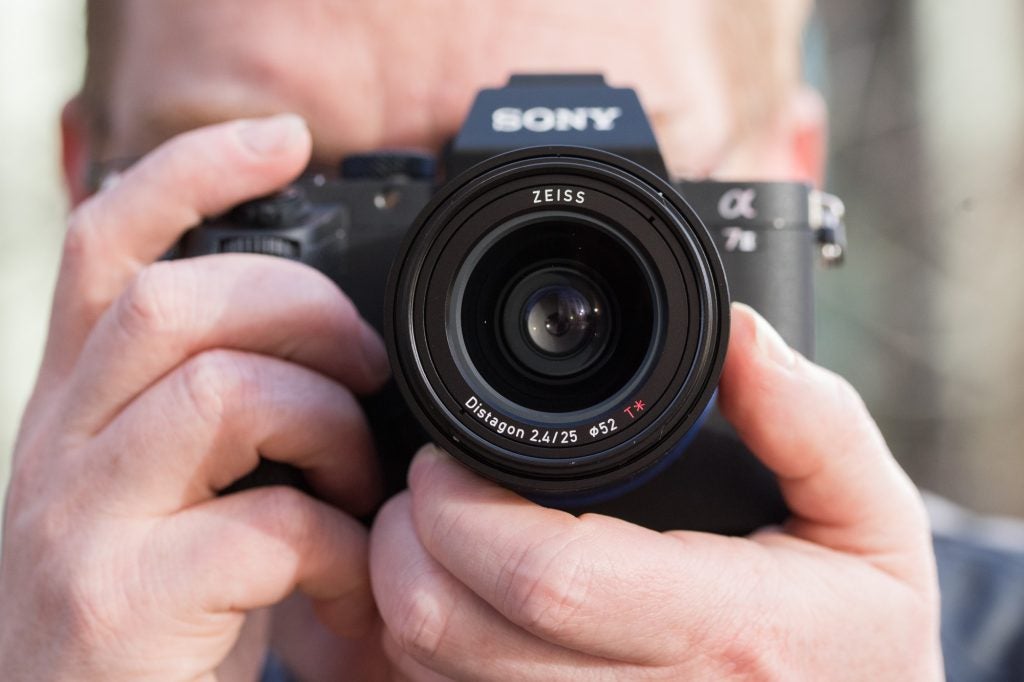
Clearly the the Loxia 25mm f/2.4 isn’t a lens for everybody; indeed perhaps it’s for hardly anybody. However if you prefer shooting with small, lightweight primes, value the process of setting the aperture and focus yourself manually, and demand the highest possible optical quality, then it really won’t disappoint.
Should I buy the Loxia 25mm f/2.4?
If you use a full-frame Sony and like small primes, I’d highly recommend the Loxia 25mm f/2.4. It’s an absolutely sensational lens with lovely handling and optics to die for, and there’s nothing else quite like it on the market right now.
The post Zeiss Loxia 25mm f/2.4 Review appeared first on Trusted Reviews.
Author: Andy Westlake
This article comes from Trusted Reviews and can be read on the original site.
